ISLAMABAD: Nestled along the foothills of the Himalayas, among trees and old houses, the Pakistan Railways Museum in Islamabad’s outskirts gives a unique glimpse into the region’s 150-year-old rail heritage.
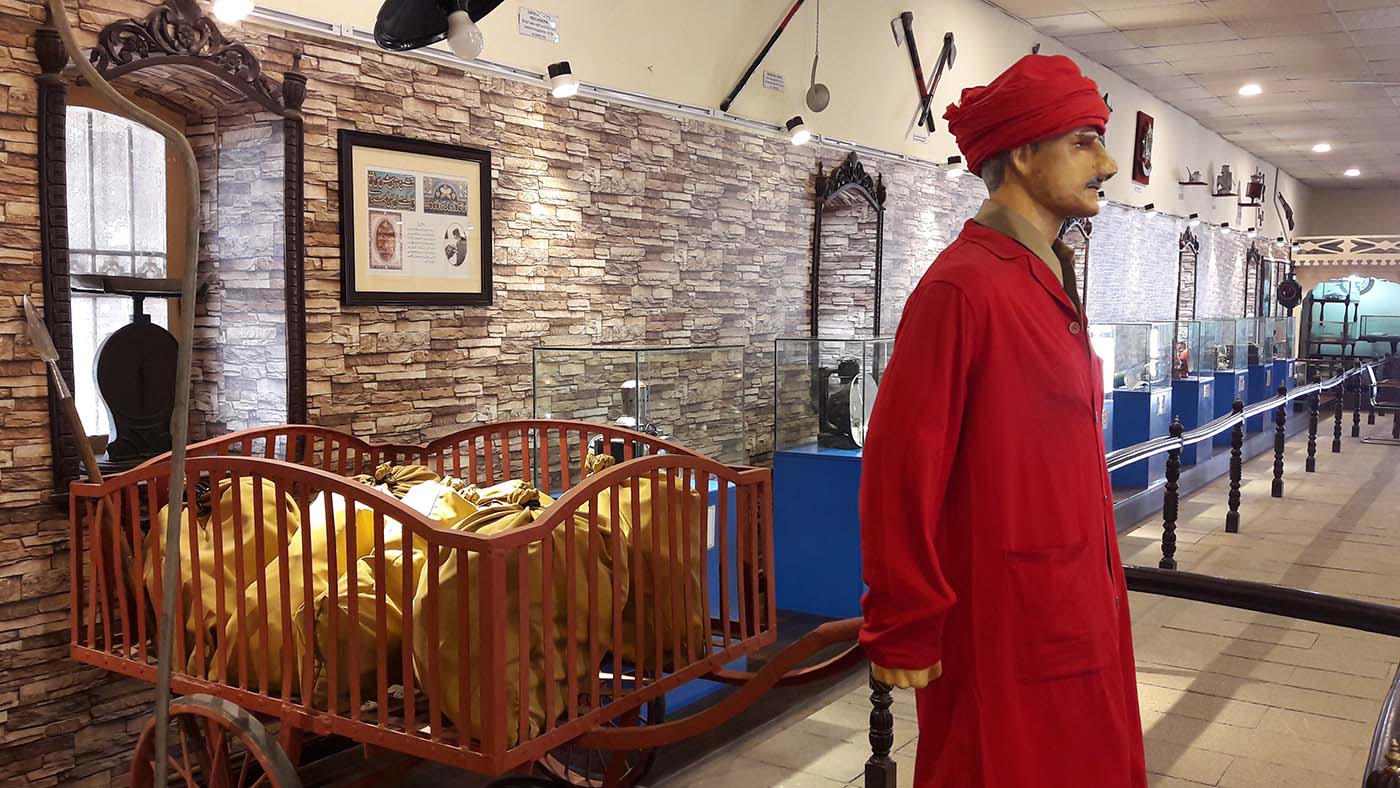
A porter is ready in his traditional red dress to transport luggage of passengers at Pakistan Railways Museum Golra Sharif, on the outskirts of Islamabad, on December 5, 2019. (AN photo by Aamir Saeed)
The Golra Railway Station was established in 1861, and is still functional, with at least two trains that pass through it daily. It was named after the small village of Golra, famous for the shrine of a renowned saint, religious scholar and poet, Pir Mehar Ali Shah.
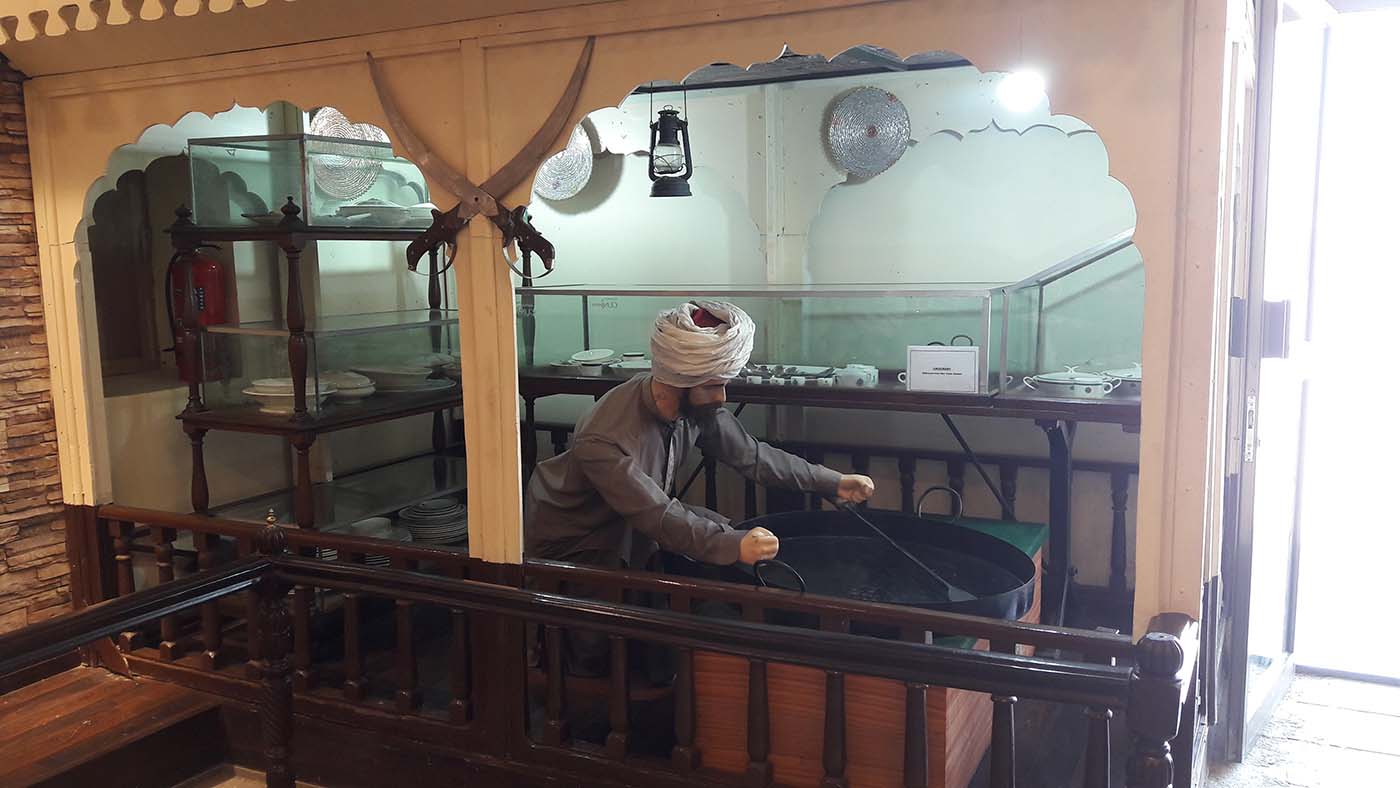
A view of a traditional kitchen in the railways is preserved at Pakistan Railways Museum Golra Sharif. (AN photo by Aamir Saeed)
Recently, increasing passenger train crashes in Pakistan have been blamed on the country’s aging, colonial-era railway network which has fallen into disrepair due to chronic under-investment and poor maintenance.
But in the glory days, railway travel was an expensive luxury in the country and an opulent first-class saloon sitting in the museum gives visitors some nostalgic insight into the history of the old institution.
The saloon, once used by India’s last viceroy, Lord Mountbatten, and Pakistan’s founder Muhammad Ali Jinnah, is a beautifully decorated wonder of teak wood, old furniture, and luxury fixtures with spacious sofas neatly lined up against the windows.
“This marvelous saloon was reserved for Lord Mountbatten, and was later used by Quaid-e-Azam and his sister Fatima Jinnah as well in 1945 to travel from Lahore and Karachi,” Waheed Mahmood, a travel guide at the museum, told Arab News.
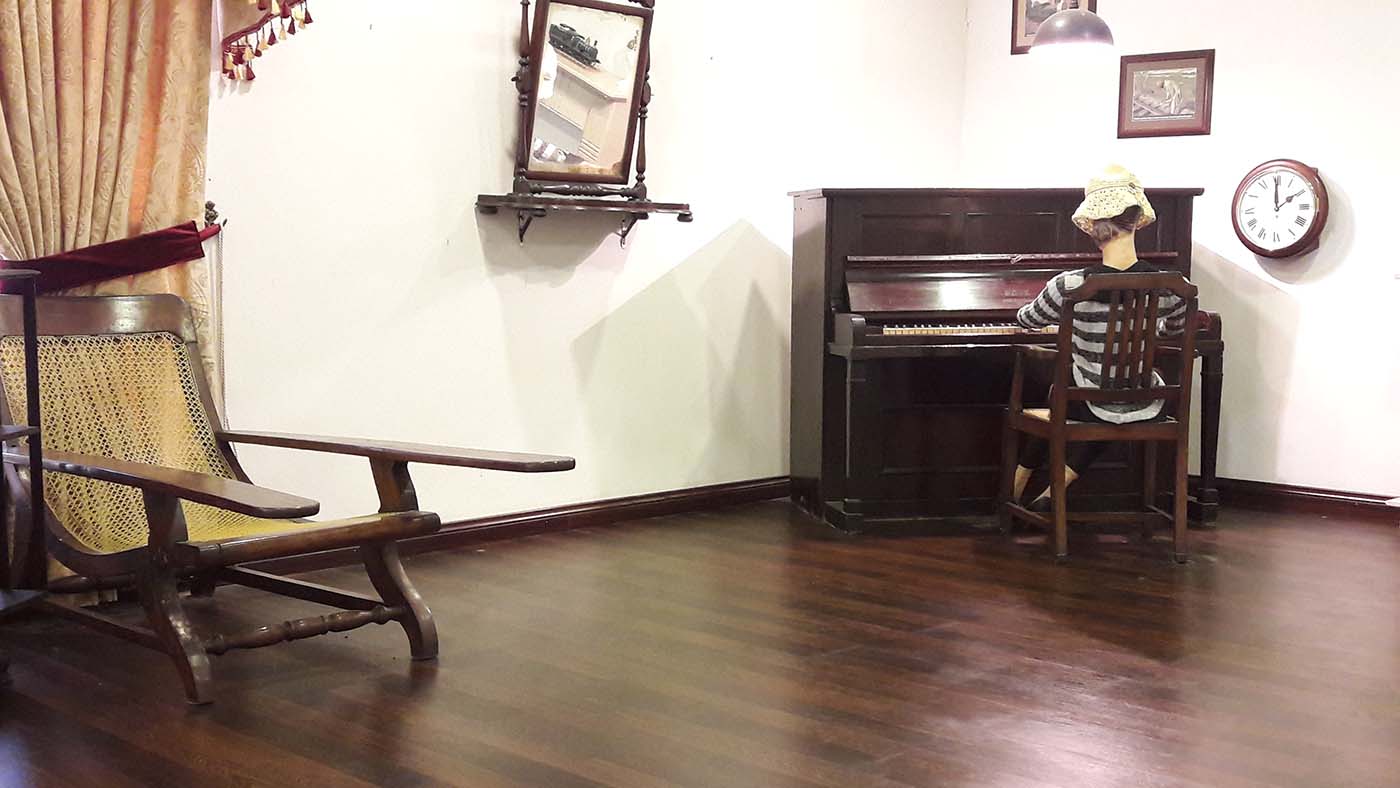
A VVIP waiting lounge for passengers at the railway stations where travellers could relax by playing piano and taking tea. (AN photo by Aamir Saeed)
The museum was established in 2003 with the aim of preserving and conserving over a century of rail heritage. It consists of two main galleries where different objects dating back to 1861 have been preserved. Ancient items include Victorian furniture with classic crockery, a piano, long-arm rest chairs, hand signal lamps, flags, clocks, watches, rifles and medical kits.
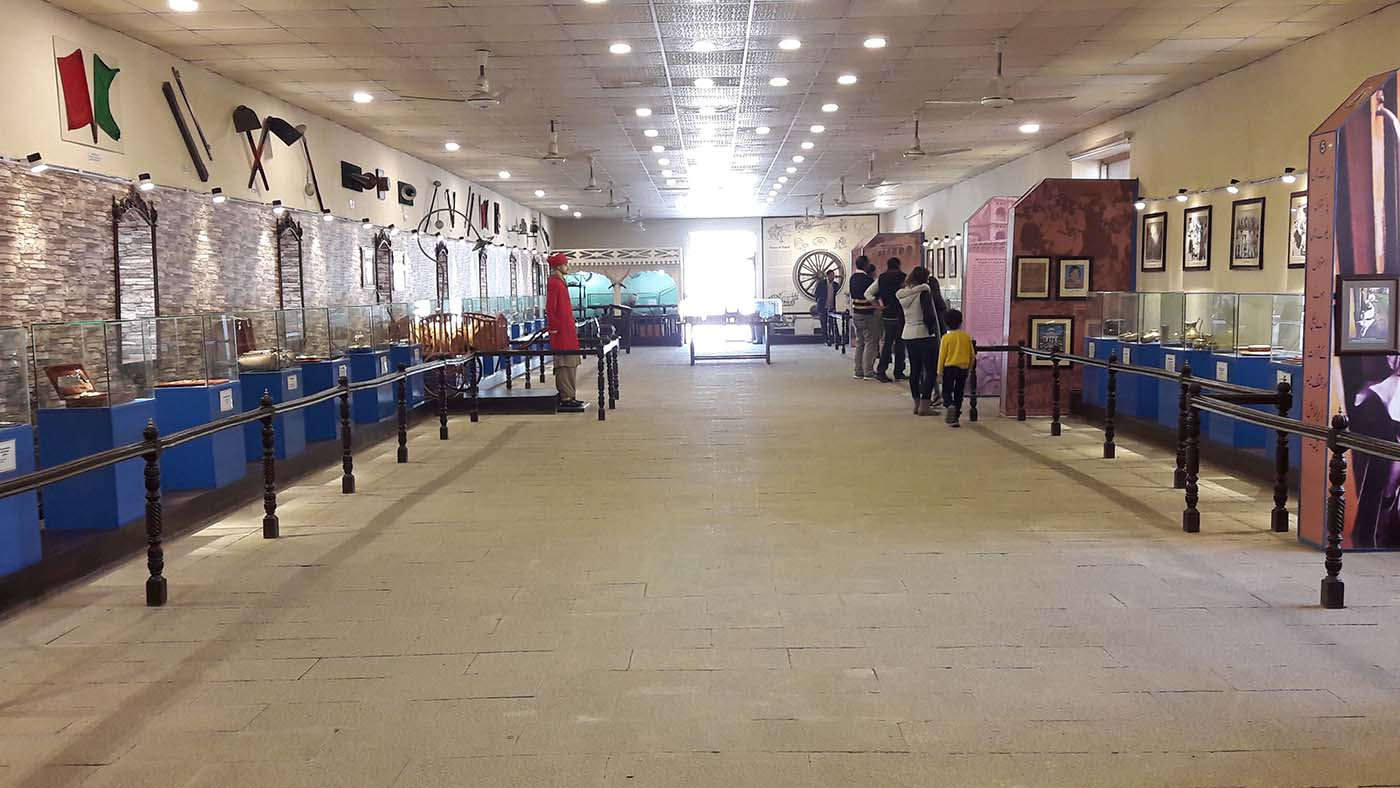
A family is visiting Pakistan Railways Museum Golra Sharif to learn about the history and glory of the railways on December 5, 2019. (AN photo by Aamir Saeed)
Another regal saloon, which was gifted by the Maharaja of the Indian State of Jodhpur to his daughter on her wedding, is also nicely parked along the railway tracks. It was manufactured in 1888.
“The way people these days give cars and other luxury items to their daughters on their weddings... this saloon was the most expensive of its time,” Mahmood said.
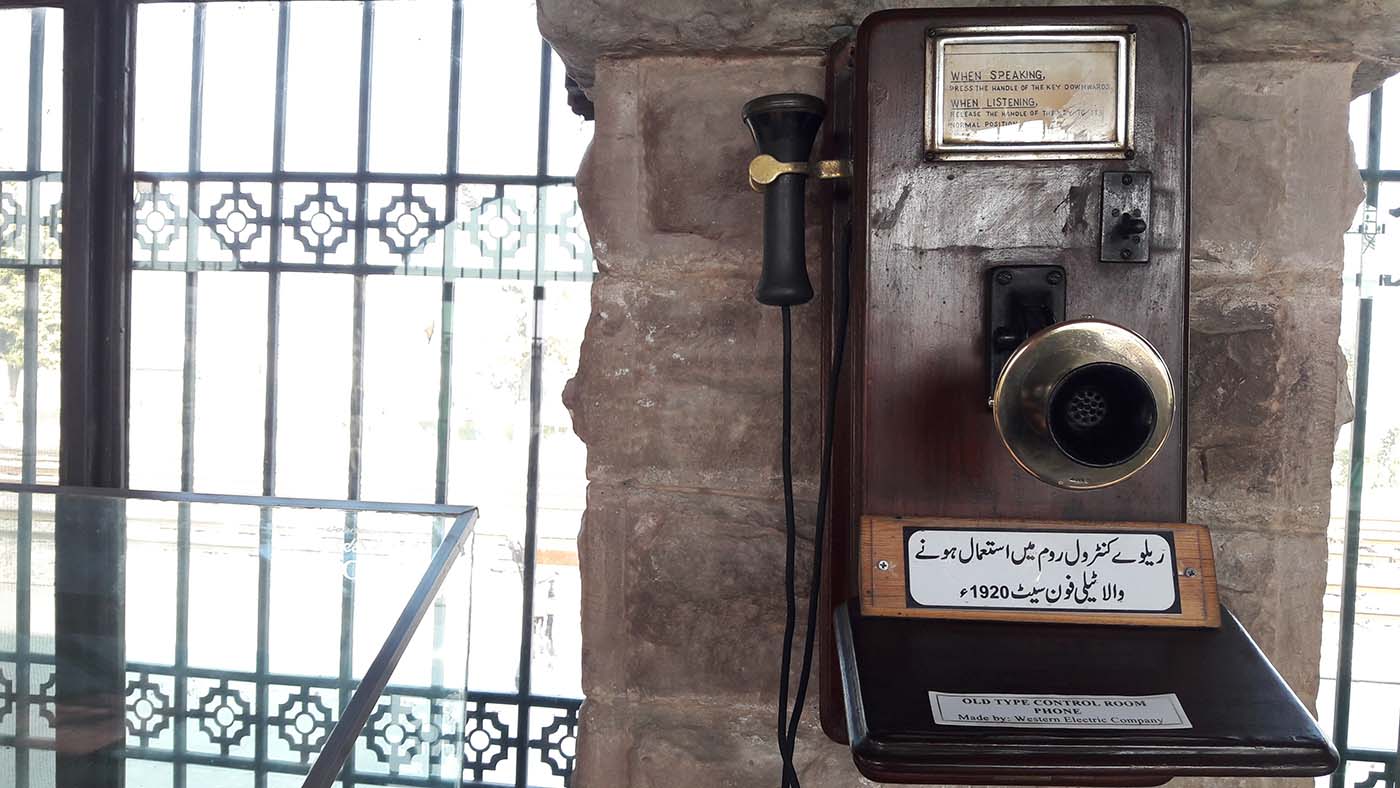
A telephone set that was used for communication in railway control rooms is on display in the museum. (AN photo by Aamir Saeed)
The museum is surrounded by trees and at least 2,000 people from across the country visit every month to learn more about the history of Pakistan’s railways, a now ancient institution which began operations in May 1861 between Karachi city and Kotri in southern Sindh province-- a distance of 169 km.
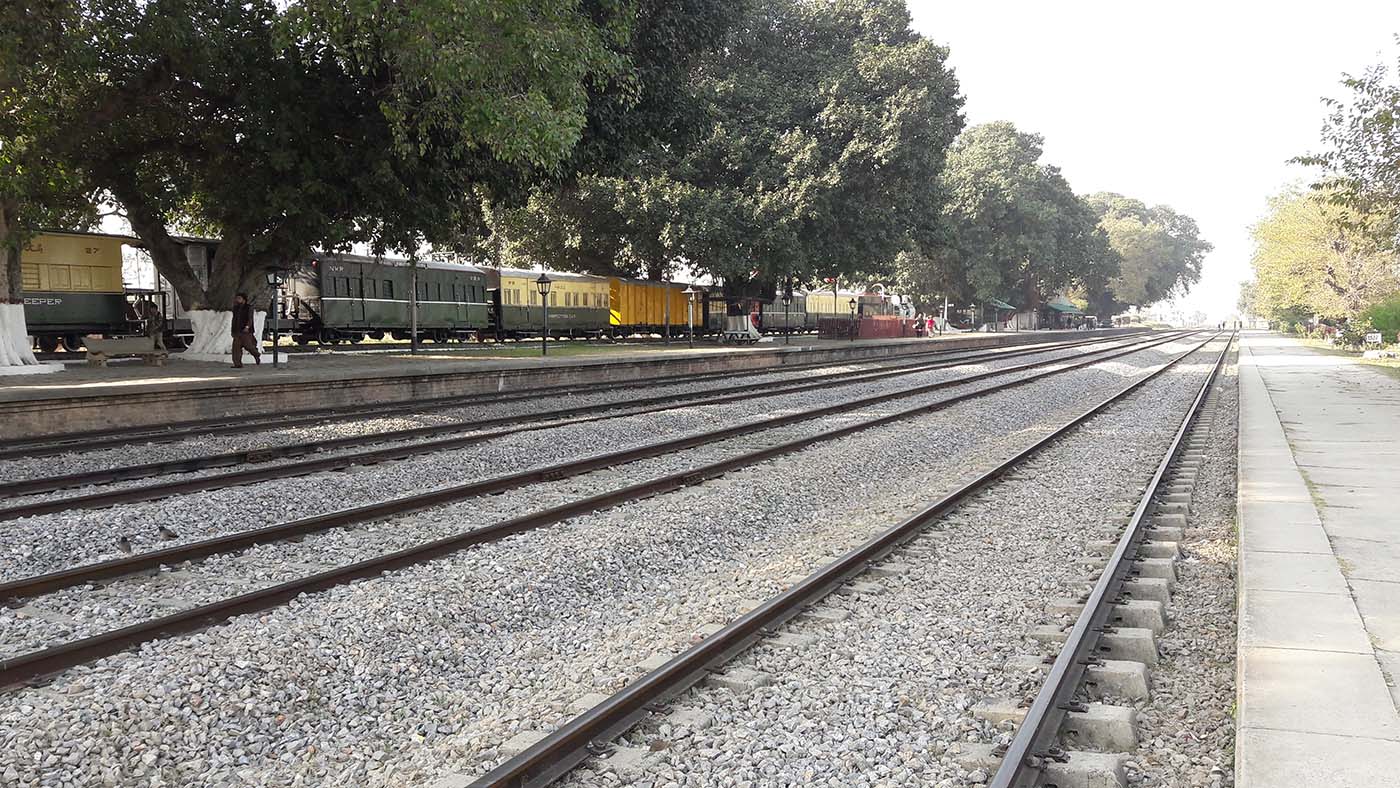
The Golra Railway Station in Islamabad was established in 1881 having romantic environment with shadowy trees that creates classical atmosphere for a tourist to go back to history. (AN photo by Aamir Saeed)
Today, Pakistan Railways carries around 70 million passengers every year and operates 228 mail, express and passenger trains daily, according to the railways official figures.
Kamal Khan, a visitor at the museum with his family, said the trip has helped them all learn about the “glorious history” of the old railways.
“We hope our railways will once again become a safe, cheap and fast mode of transportation,” he said.
“And we hope that our leaders will once again take pride in traveling via our trains.”












